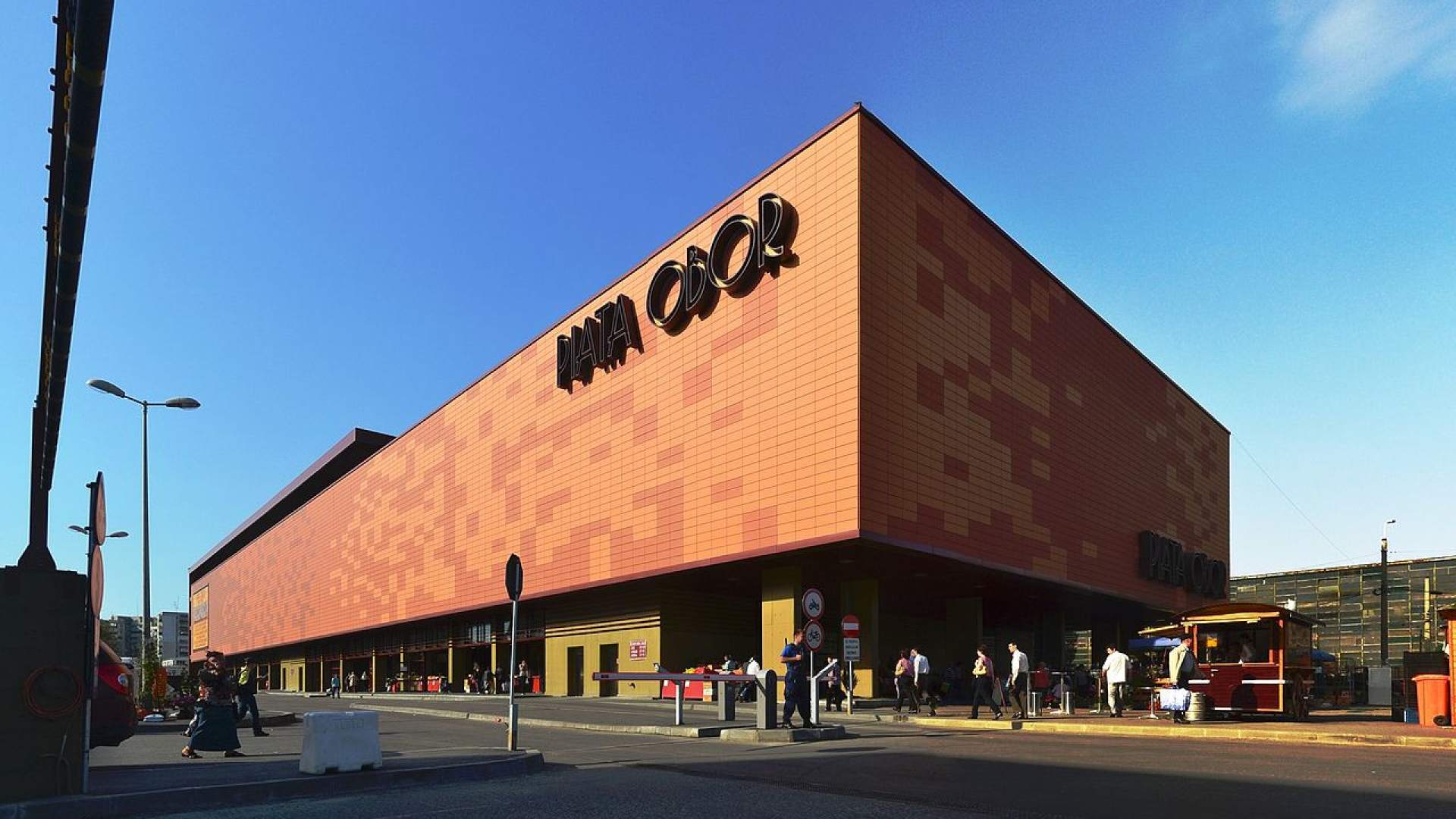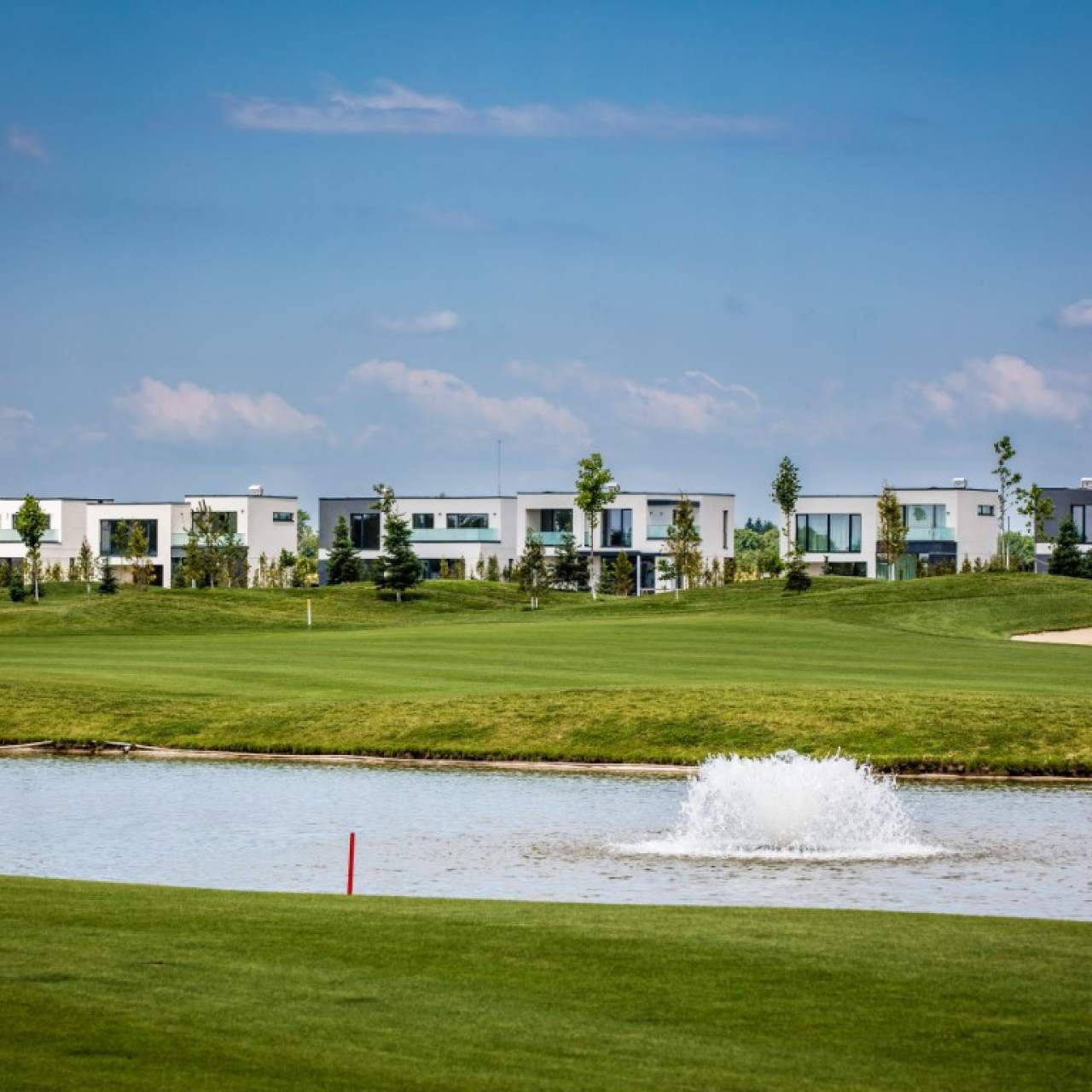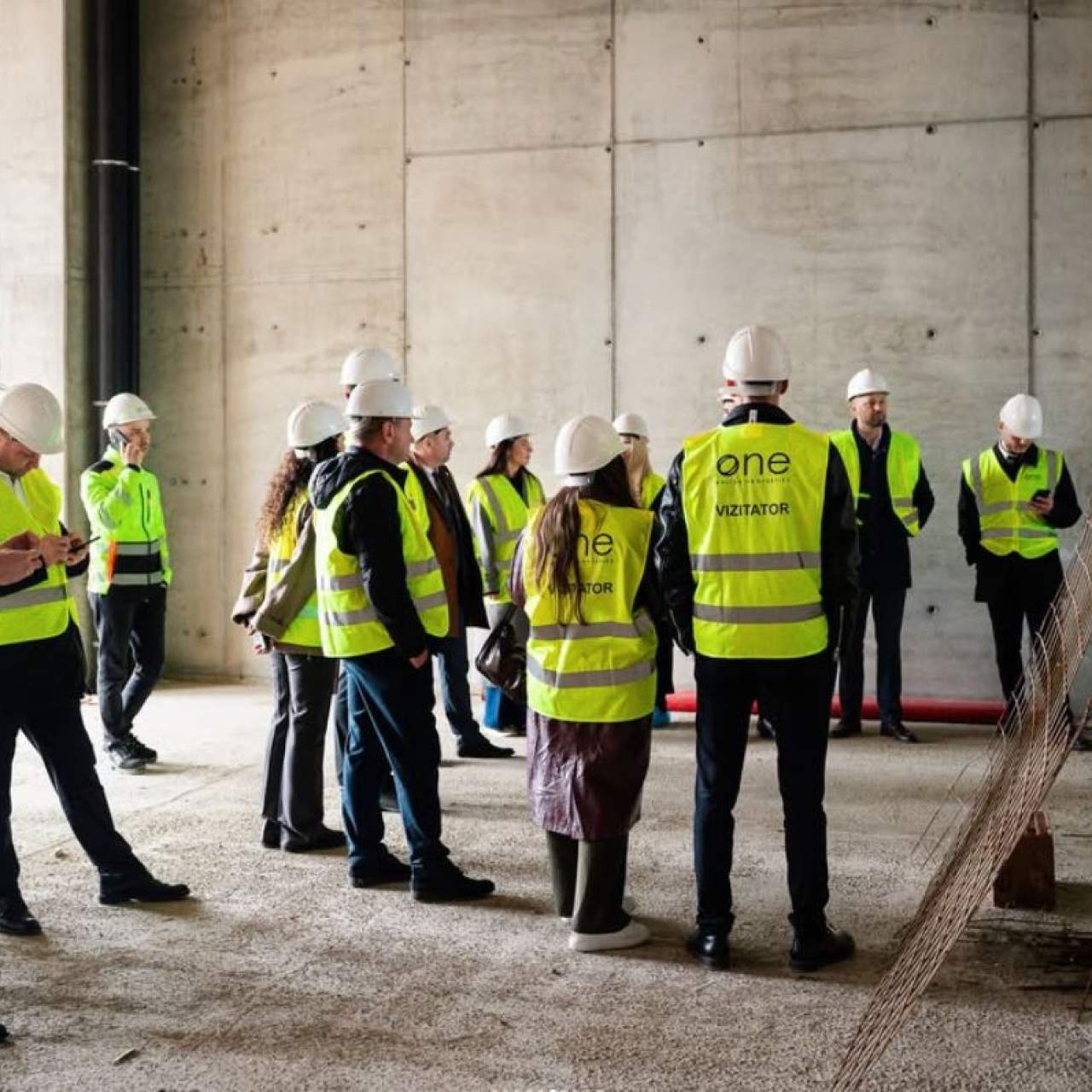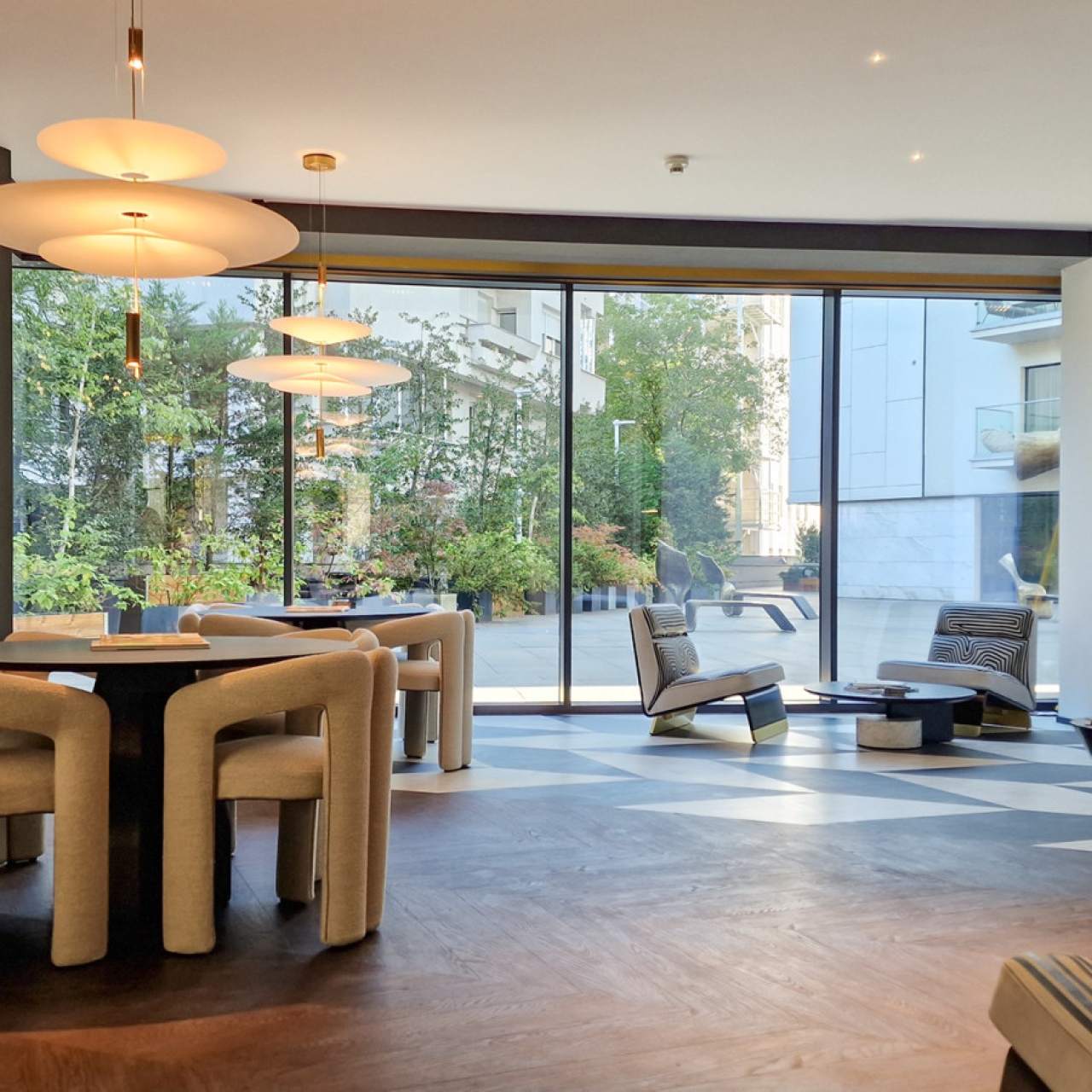
Obor, a key point in commercial Bucharest
Obor neighbourhood, located in the 2nd district of Bucharest, has a colourful history, dominated both by a constant evolution, but also by events that are better off forgotten.
What stages have marked its development and how did it come to host some of the most important commercial area of the city?
Originally, the name of the Obor neighborhood was invariably linked to the market of the same name. A long time ago, it was known as the Outside Fair, a name adopted in 1786, with the move of Obor to the outskirts of the city, by order of Prince Nicolae Mavrogheni. Previously, the well-known market operated in the Batiștei area, and the decision to move it was made to minimize the risk of inhabitants contracting various diseases, given that it was one of the main places for animal slaughtering. In 1830 the market would be permanently settled in its current location, taking the name of Moșilor Fair, by joining Moșii, another popular area of the city.
The year 1853 is marked by the construction of the first steam mill in the country, the Mill of Assan, located between Obor and Lizeanu. It was nationalized in 1948 and ceased operations in the 1990s. Subsequently, the buildings were vandalized, then went through a major fire in 2008, followed by a collapse of the ceiling in 2012. It is currently on the list of historical monuments but in an advanced state of degradation.
Although the history of Obor is one of evolution, it also had a dark stage because, for a while, the market was also used as a place of execution of those sentenced to be hanged. The practice was abolished in 1823 by order of Prince Grigore Ghica, and the gallows were demolished in 1870. Seven years later, to permanently erase this imprint of the past, merchants decided to dig a fountain and build a stone monument called „The Merchants’ Cross”, located today in front of the district’s town hall building.
The 20th century would bring a stage of development because Obor was no longer known only as a place to sell animals and a wide range of merchants from other categories, such as photographers and brewers, opened small businesses here.
A representative moment in the history of the neighborhood takes place in 1936 when the construction works at Obor Central Halls began. Two years later, the agri-food market in the vicinity was put into operation. The halls project was designed by architects Dan Iovănescu, Ion Fonescu, and Octav Doicescu, the latter being replaced, following his resignation, by the architect Horia Creangă, who also collaborated with Haralam Georgescu. The construction was built in a modernist style, with a welded steel structure covered with concrete, and was inaugurated in 1950.
An important milestone was reached in 1975, the opening year of Bucur Obor shopping centre, arranged on three levels, with a leasable area of approximately 26,000 square meters. Four years later, with the completion of the construction of Obor Passage, an underground tram station was inaugurated, and later in 1989 reconfigured as a metro station.
Other key moments were in 1997 when Bucur Obor shopping centre was listed on the Bucharest Stock Exchange, and in 2021, when the developer One United Properties indirectly acquired a majority stake (54.4%) in the company's capital.
In 2010, through a public-private partnership, a four-story building was constructed on the site of Obor Square (a parking basement, the ground floor - which houses the agri-food market, and two floors for commercial space).
The Obor neighborhood also includes the park of the same name, which houses a statue of Voivode Stephen the Great, inaugurated in the fall of 2018.
Data for this article was obtained from zf.ro, b365.ro și wikipedia.org. Photo credit BUTURCA, CC BY-SA 3.0, via Wikimedia Commons.
Inspired by the article?
Explore apartments in neighborhoods worth discovering:


